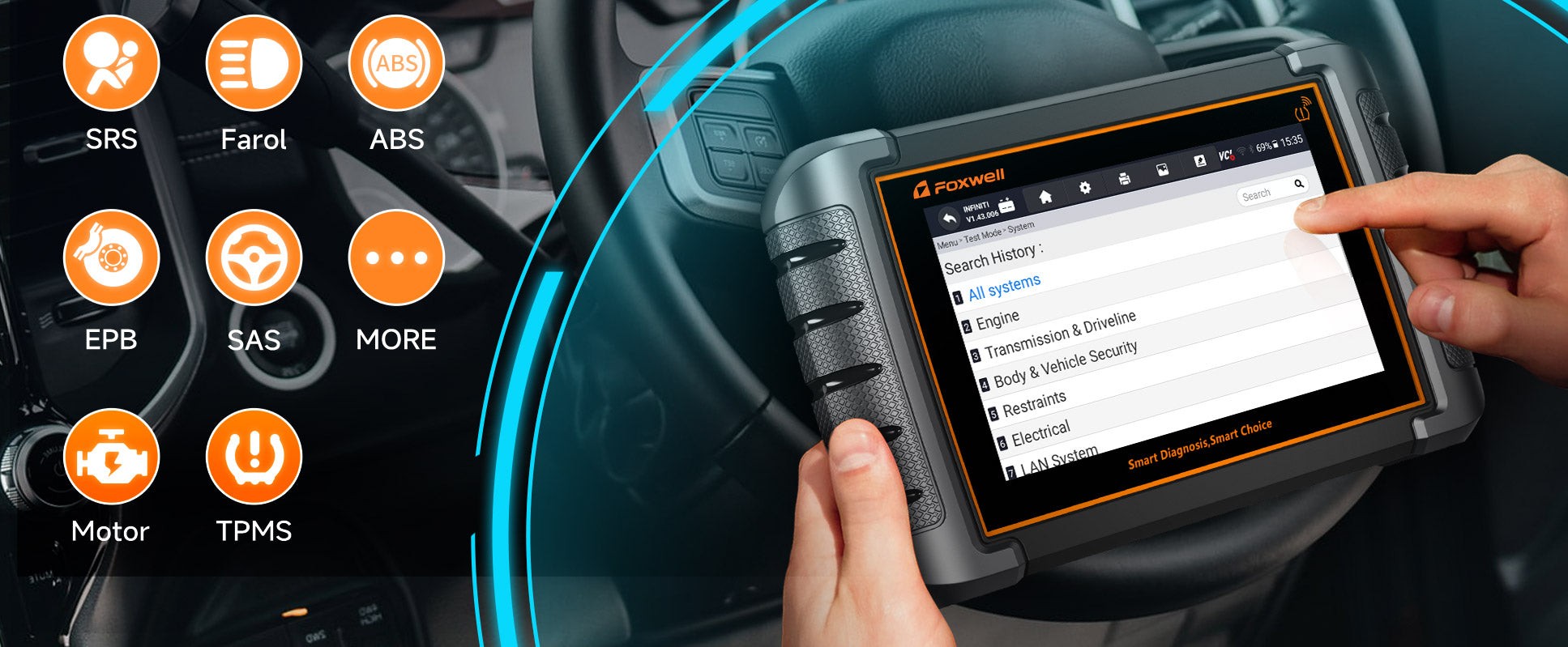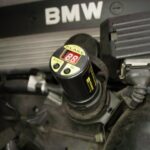Understanding your engine’s timing is crucial for optimal performance. An OBD2 scanner offers a modern and efficient way to access and interpret this vital data. This guide will walk you through the process, from connecting the scanner to troubleshooting common issues.
Why Use an OBD2 Scanner for Timing Data?
OBD2 scanners provide a significant advantage over traditional timing methods. They offer:
- Convenience: Simply plug in and instantly access comprehensive data, eliminating the need for multiple tools.
- Accuracy: Direct access to your car’s computer ensures precise readings, surpassing the limitations of manual tools.
- Efficient Troubleshooting: Quickly pinpoint issues without hours of guesswork, streamlining maintenance checks.
- User-Friendliness: Intuitive interfaces and accompanying apps make OBD2 scanners accessible to DIY enthusiasts of all skill levels. This empowers car owners to perform routine checks and potentially reduce mechanic costs.
Preparing for Timing Data Retrieval
Before connecting your OBD2 scanner, ensure:
- Compatibility: Verify that your scanner is compatible with your vehicle model. Consult your car’s manual if unsure.
- Safe Environment: Park on a level surface with the engine off for accurate readings and a stable work area.
- Scanner Readiness: Confirm your scanner is fully charged or has fresh batteries.
- Resource Availability: Keep your vehicle’s service manual handy for specific instructions and troubleshooting guidance.
Connecting the OBD2 Scanner
Locating and connecting your OBD2 scanner is straightforward:
- Find the Port: The OBD2 port is typically located under the dashboard on the driver’s side.
- Connect the Scanner: Plug the scanner firmly into the port until it clicks.
- Power On: Turn the ignition to the “on” position without starting the engine to power the scanner.
- Navigate to Engine Data: Using the scanner’s interface (like the Foxwell NT809TS), navigate to the “Engine” or “Powertrain” menu.
Accessing Timing Data with an OBD2 Scanner
Within the “Engine” or “Powertrain” menu, focus on two key data points:
- RPM (Revolutions Per Minute): Indicates engine speed, crucial for timing adjustments at specific RPM values. Find the “live data” option for real-time RPM readings.
- Ignition Timing Advance: Measures the timing of the spark plug firing in relation to piston position. This value, expressed in degrees, is essential for smooth engine operation.
Interpreting OBD2 Timing Data
Accurate interpretation of the retrieved data is paramount:
- RPM: Compare the live RPM reading to your vehicle’s specified idle RPM range (usually found in the service manual). This ensures the engine is running at the correct speed for accurate timing analysis.
- Ignition Timing Advance: Cross-reference this reading with your vehicle’s specifications. Discrepancies indicate potential timing issues, such as overly advanced or retarded timing. For example, if your manual specifies 10 degrees BTDC (Before Top Dead Center) at 800 RPM, but the scanner shows a different value, adjustment may be necessary.
Adjusting Engine Timing
Adjusting timing can vary depending on your engine type:
- Distributor-Based Systems: Typically involve loosening and rotating the distributor. Make small adjustments and re-check scanner readings after each adjustment.
- Timing Belt/Chain Systems: Often require more complex procedures, such as adjusting tension or repositioning the belt/chain. Consult your service manual or a professional mechanic for these adjustments.
Troubleshooting Common OBD2 Timing Issues
- Inaccurate Readings: Ensure proper connection and correct ignition switch position. Try unplugging and replugging the scanner.
- Navigation Difficulties: Consult the scanner’s manual or online tutorials for assistance navigating menus.
- Scanner or Port Issues: Test with a different scanner or consult a mechanic to rule out hardware problems.
- Significant Timing Discrepancies: May indicate underlying engine issues requiring professional diagnosis.
Tips for Accurate Timing Checks with an OBD2 Scanner
- Warm Engine: Conduct the check after the engine reaches normal operating temperature for reliable readings.
- Controlled Environment: Choose a quiet and stable location to avoid interference with the readings.
- Regular Maintenance: Keep spark plugs, timing belts, and related components in good condition.
- Data Logging: Utilize a scanner that allows data saving and comparison for tracking performance trends. The Foxwell NT809TS provides this functionality.
- Double-Check Readings: Verify accuracy against vehicle specifications before making any adjustments.
Conclusion
An OBD2 scanner empowers you to monitor and maintain optimal engine timing. By understanding how to access, interpret, and utilize this crucial data, you can ensure efficient engine performance and prevent potential problems. Regular timing checks are a vital part of preventative vehicle maintenance.


